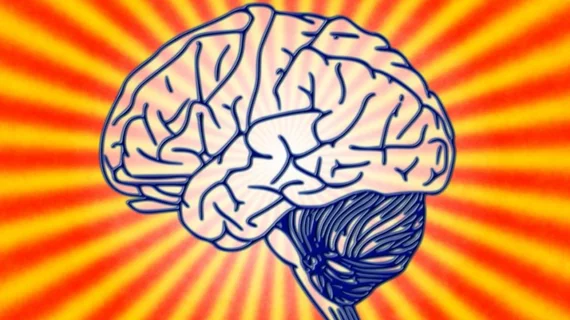Smokers and diabetics might be at a heightened risk for developing hippocampal calcifications—abnormal buildups triggered by vascular disease—according to a Radiology study published this week.
Lead study author Esther J.M. de Brouwer, MD, and colleagues in Utrecht, Netherlands, said scientists have been long grasping at a link between hippocampal calcification and cognitive impairment, but a paucity of research has left them unable to establish one.
“We know that calcifications in the hippocampus are common, especially with increasing age,” de Brouwer, a geriatrician at the University Medical Center in Utrecht, told the Radiological Society of North America. “However, we did not know if calcifications in the hippocampus related to cognitive function.”
In an effort to clarify that connection, de Brouwer and co-authors evaluated 1,991 patients who’d visited a memory clinic in a Dutch hospital between 2009 and 2015. They gathered imaging data, which included cognitive tests and multiplanar brain CT scans, and analyzed scans for hippocampal calcifications.
The research team reported that 19 percent of the patient pool showed evidence of hippocampal calcifications on their scans. Older men and women, alongside those who smoked or had diabetes, were markedly more likely to develop calcifications, de Brouwer said, and severity of calcifications seemed to be directly impacted by how many risk factors a patient had.
“We do think that smoking and diabetes are risk factors,” de Brouwer said. “In a recent histopathology study, hippocampal calcifications were found to be a manifestation of vascular disease. It is well-known that smoking and diabetes are risk factors for cardiovascular disease. It is, therefore, likely that smoking and diabetes are risk factors for hippocampal calcifications.”
Though it was their original mission, de Brouwer said her team wasn’t able to note any link between calcifications and cognitive function.
“The hippocampus is made up of different layers, and it is possible that the calcifications did not damage the hippocampal structure that is important for memory storage,” she said. “Another explanation could be the selection of our study participants, who all came from a memory clinic.”

